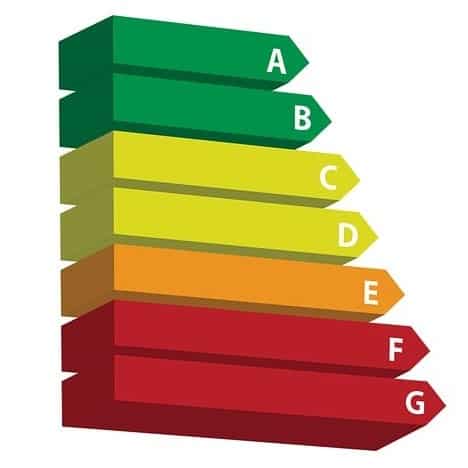Dealing with a Blocked Outside Drain: A DIY Guide
Table of Contents
Dealing with a blocked outside drain is a not-so-pleasant topic but one that many of us encounter. Whether it’s due to dead leaves, excess weather conditions, tree roots or debris, or just wear and tear, a blocked drain can be a headache. With a bit of know-how and some elbow grease, you can eliminate this problem.
Identifying the Blockage
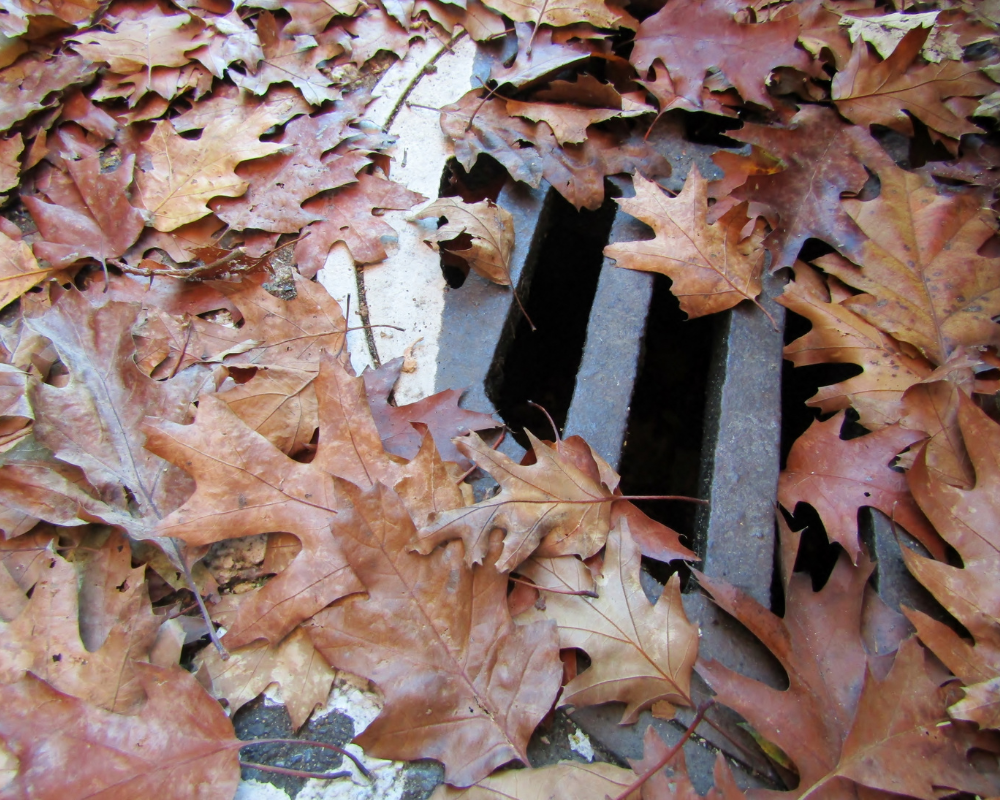
Identifying a blocked outside drain system can be a frustrating experience, especially when the signs of trouble start to manifest. Slow drainage, gurgling sounds, and foul smell are all common indicators of a potential blockage. However, one often overlooked sign is the presence of fruit flies or other insects around your drains. These pests are attracted to rotting organic matter trapped in clogged pipes and can serve as an early warning sign that a blockage may be developing.
Another method for identifying a drain problem is to use a designated camera inspection or CCTV Drain surveys, which provides real-time visual feedback from inside the waste pipes. This technology allows you to see exactly where and what the drain blockages are, enabling more targeted and effective solutions. Paying attention to changes in water pressure throughout your plumbing system and outdoor drainage can also help pinpoint the areas of potential blockage. By being vigilant and proactive in identifying these issues, you can address them before they escalate into larger problems that require significant time and resources to resolve.
Tools of the Trade
Before you start, gather your tools:
- Rubber Gloves / Protective Clothing: Protect your hands and clothing from dirt and grime and drain cleaning fluids.
- Plunger: A trusty plunger can work wonders in dislodging a minor clogged drain.
- Plumber Snake or Drainage Rod: For more stubborn blockages, you may need a drain snake or drainage rod to clear the pipe.
- Bucket and Old Towels: These are handy for catching water and keeping your work area clean.
- Baking Soda and Vinegar: A natural alternative to caustic soda or chemical drain cleaners, these can help break down organic matter causing the blockage.
Clearing the Blockage
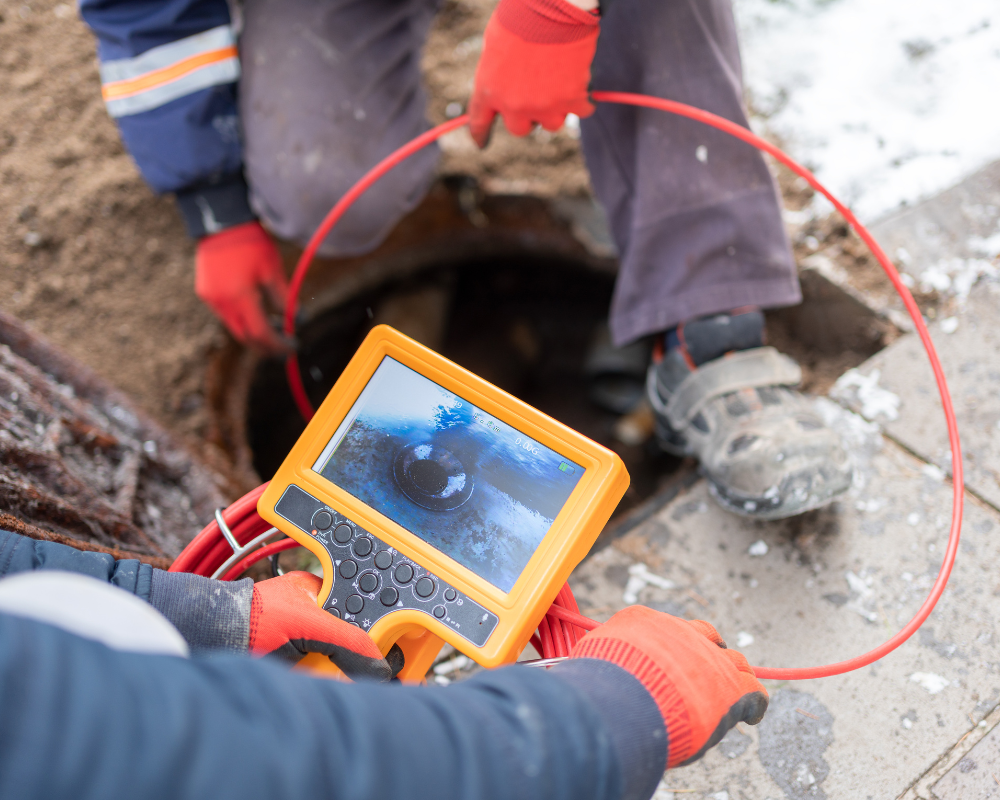
To clear the outside blocked drain, start by removing any visible debris from the surface of the drain opening with a pressure hose. The next step is to use a gloved hand or a small tool to gently scoop out food particles, outdoor debris such as leaves and twigs, or other obstructions such as sanitary products. Next, try using a plunger to create suction and dislodge the blockage. Place the plunger over the drain, ensuring a tight seal, and push and pull vigorously several times. With any luck, this might be all it takes to get the outside blocked drain flowing again.
If the plunger doesn’t clear the outside blocked drain in the first place, it’s time to bring out the plumbing snake or drain rod. Feed the snake or rod into the drain and rotate it clockwise to help break up the blockage. Keep pushing and turning until you feel some free movement through the pipe. Should this process not eliminate the problem, it’s time to call in a professional plumber.
Prevention is Key
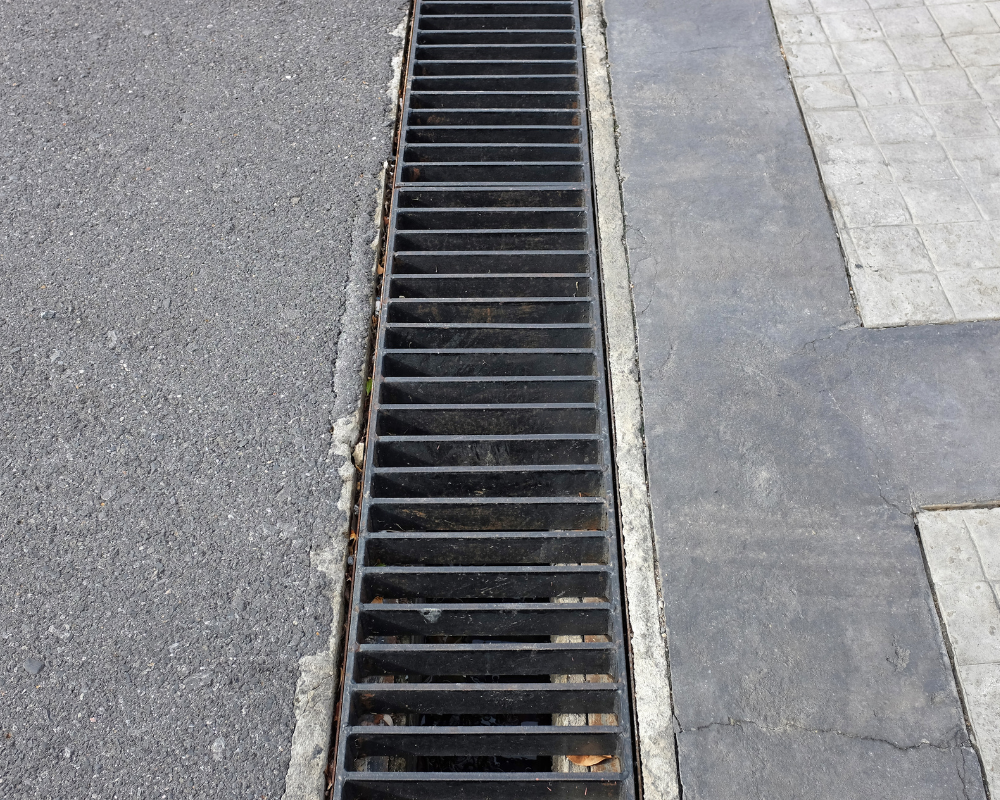
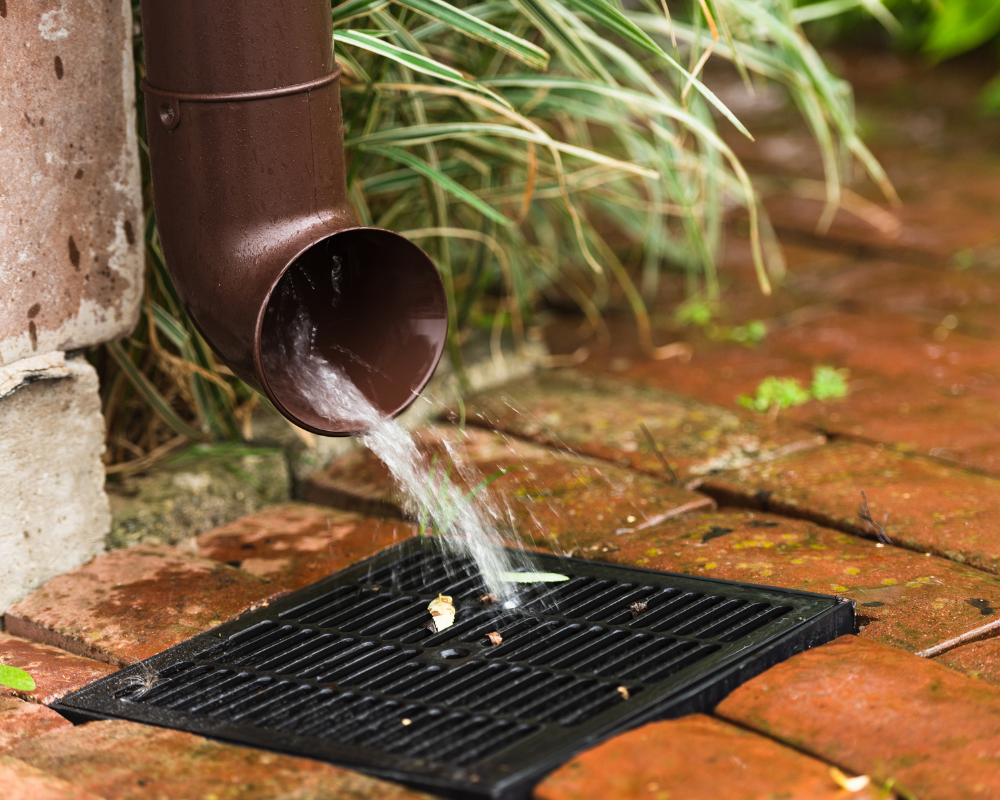
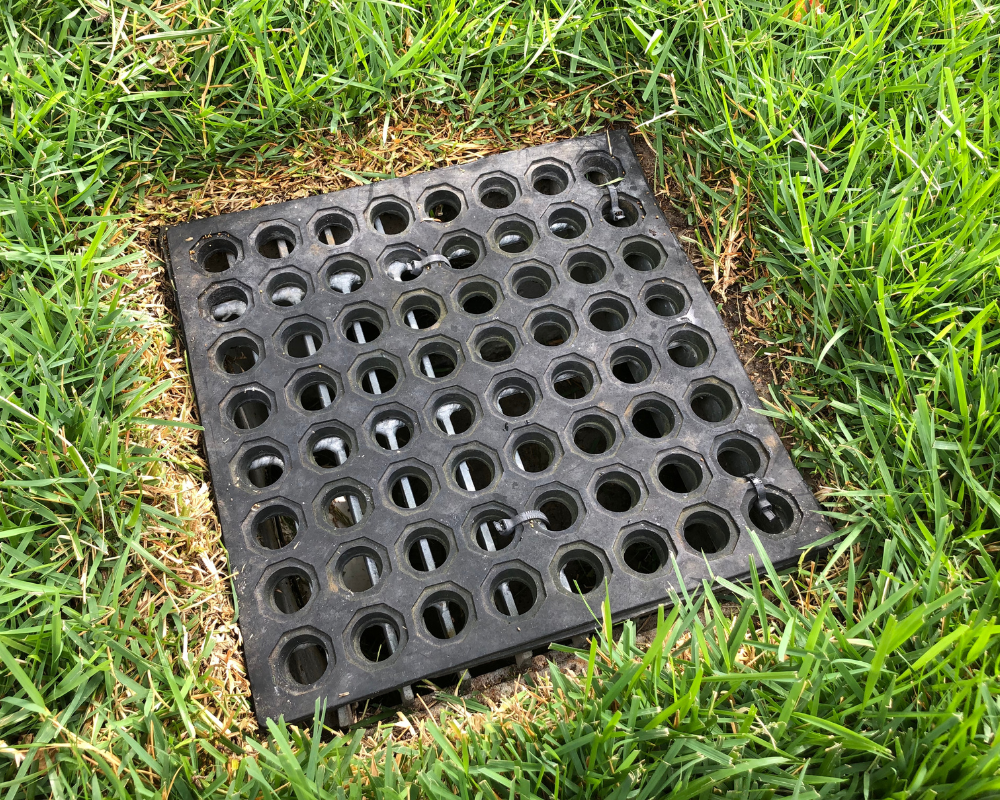
Hopefully, now, with your external drains clear and water flowing freely once again, it’s time to think about prevention. Regular maintenance is key to keeping your drains clog-free; for best results, consider installing outdoor drain covers to catch debris before it has a chance to cause drainage problems. Make a habit of clearing debris from your gutters and drains regularly, especially during the fall months when leaves are abundant and one of the main causes of drainage issues.
Conclusion
Dealing with a blocked outside drain may not be the most glamorous task, but with a bit of patience and the right tools, you can tackle any issue. Just remember, prevention is always better than cure, so make sure to keep up with regular maintenance to avoid future blockages.



